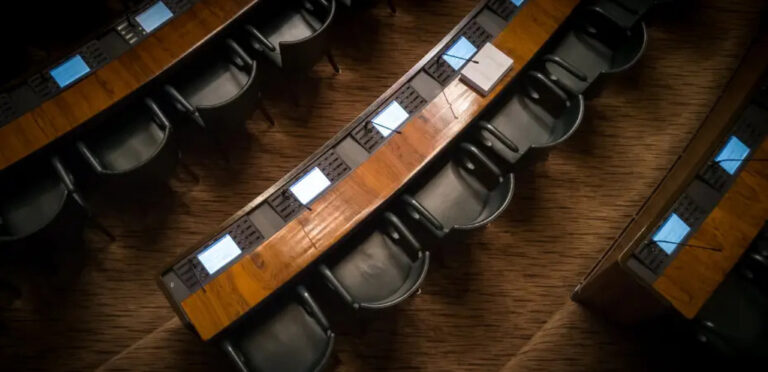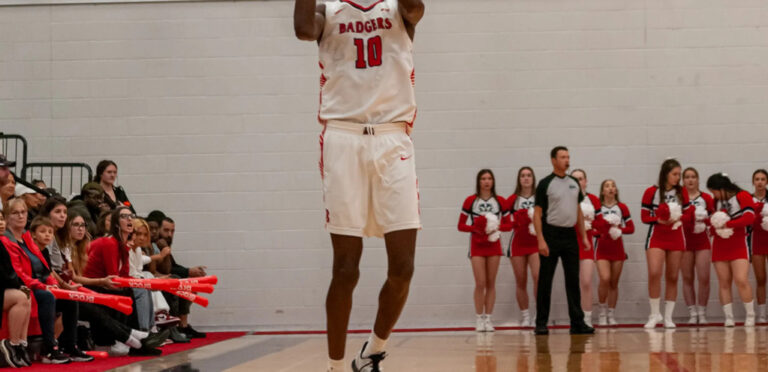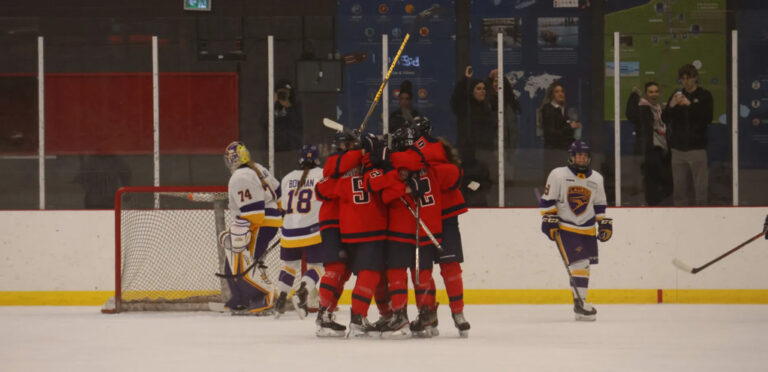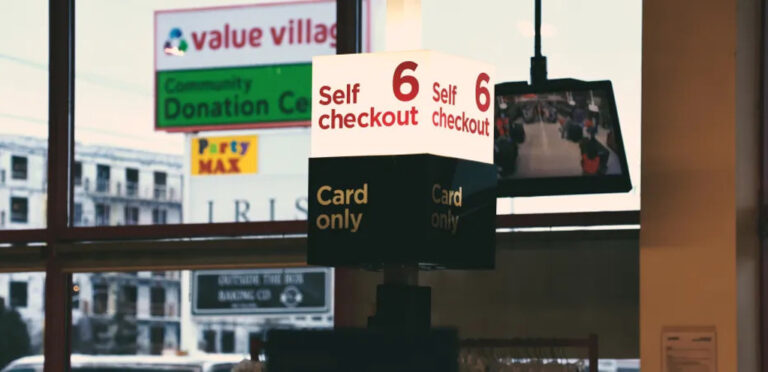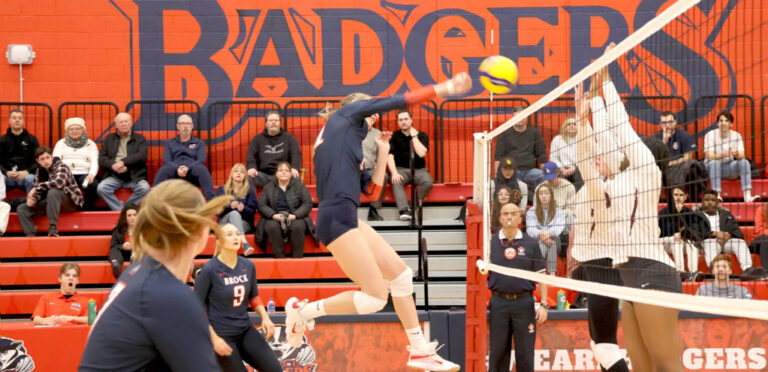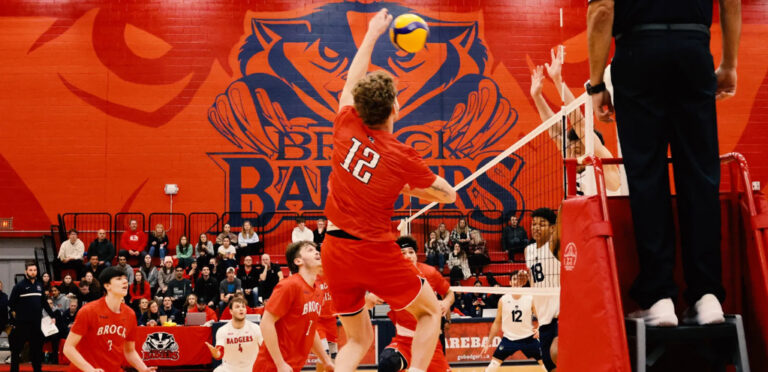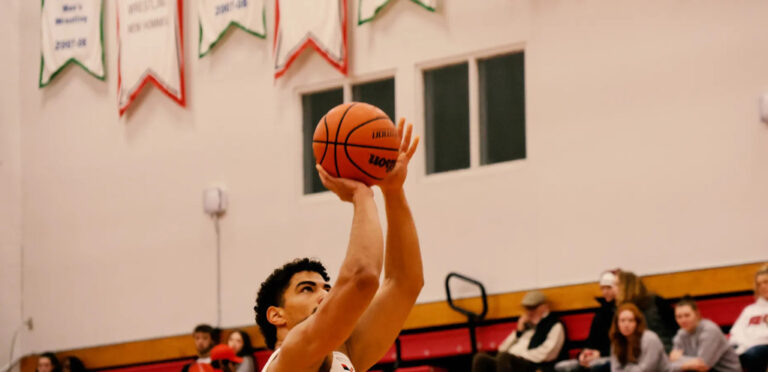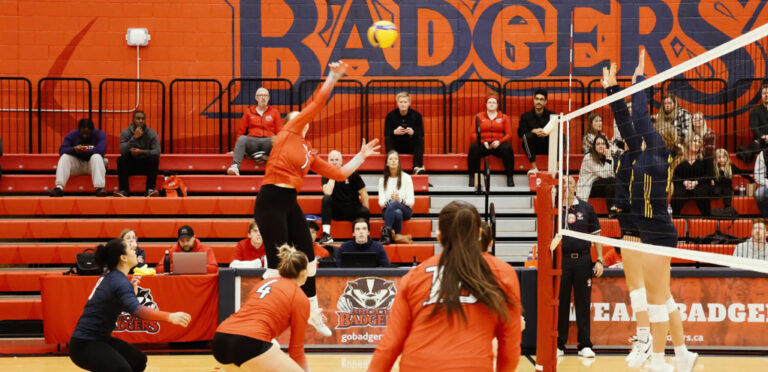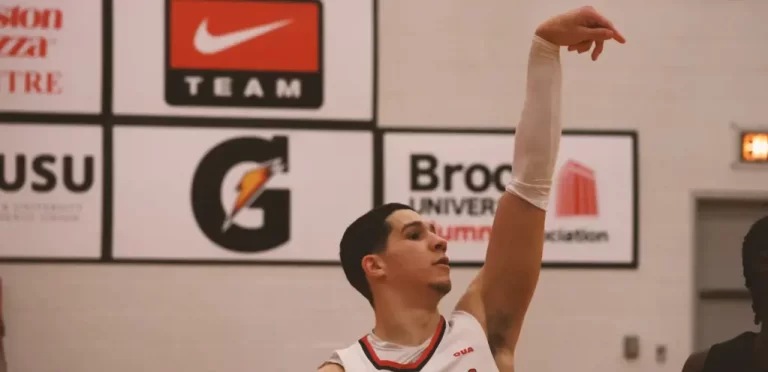I hate living in Thorold
It’s April 2022, and I am waiting for the 316 bus at the Brock campus bus loop. The transit app says that my bus should be arriving any minute and, sure enough, the 316 arrives, right on time. The driver lets all the passengers off the bus, opens his gate and steps out himself, closes the doors and lights a cigarette.
Despairingly, I watch as the “316 – GLENRIDGE AVE TO DOWNTOWN” sign flips to “NOT IN SERVICE”.
I ask the bus driver when the next downtown bus would arrive and he shrugs noncommittally. I check the transit app: 32 minutes. I practically sprint into the Schmon Tower foyer, begging the screen in there to tell me something different than what my phone already has.
“32 minutes,” reads the screen, leading me to swear loudly, startling a few nearby first-years. I punch in my work’s address into Uber.
There are few things better than starting off a shift at your job than spending $20 just for the luxury of showing up.
I hate living in Thorold.
This is not the first time this has happened to me. It wasn’t even the first time that week.
Three days earlier, I have taken every precaution to catch the bus, and, cruising down Flora Egerter Way, I appear to have a comfortable eight-minute head start on the 316. My feeling of contentment is dashed as we round the corner and I watch as the 316’s driver stubs his cigarette and moves to start up the bus.
Seemingly in slow-motion, I push my way through the throng of students towards the door. I run and make eye-contact with the bus driver, visibly begging him not to leave. There is not a glimpse of recognition from the driver, a glimmer of remorse for the pitiful display occurring in front of him.
Defeated, I spend another $20 just to Uber to my job.
I hate living in Thorold.
“Why don’t you take another bus?” you ask.
In response, I laugh knowingly and in a tone that may make you slightly concerned for my well-being. There are no other lines.
For reference, driving to work door-to-door takes me 15 minutes. Public transit? At least 45. Walking? Try two hours.
This is the case for many other things. Driving to school is a five-minute drive. The bus takes 30 minutes. Walking takes 50, not taking into account that only one side of the “street” has a sidewalk, and, due to the several highway ramps up and down St. David’s Road, the cars regularly exceed the posted speed limit of 50.
So, when I don’t have that car, my life gets a lot less convenient. And a lot more expensive.
This is the crux of my issue with Thorold. My quality of life is directly influenced by my ability to drive places.
I hate living in Thorold. I hate the suburbs, and I make no secret of that. Though I don’t have a problem with people who live in them, I think that the suburbs are inherently bad. I truly believe that the suburbs are detrimental to the human way of life, and I think it all boils down to the same problem: poor, wasteful and lazy urban planning.
There are a variety of factors that came together that led to the development of the modern suburb. Some of these were inevitable, like the Industrial Revolution, the subsequent influx of the working-class and marginalized into inner-cities, and development of transit technology.
Some were more societal, like nostalgic, idealized visions of rural lifestyle, or class and race differences that led to the white upper-class seeking an escape from the city their minority populations.
Many were simply a matter of preference, with the suburbs offering easier mortgages, a separation between private and public life, and, to some, a better environment to raise a family.
In its early days, this was a very sensible vision, but unfortunately it soon became corrupted. Due to a number of developments, the days of widespread public transit in North America were marked. Cars soon became cheap, cramming streets and bogging down transit. Fares were often frozen at five cents, making profit impossible, and maintenance and upgrades exceedingly difficult. As much of the public viewed transit as a right and transit companies as largely corrupt, calls to expand funding fell on deaf ears.
Beginning in 1938, General Motors (GM), with help from such companies as Firestone Tire, Standard Oil of California, Phillips Petroleum and Macks Trucks, raised funds to invest in public transit companies across the States. Coincidentally, all these companies have a lot to do with bus manufacturing. Strange.
The investors created a company whose sole purpose was to purchase electric streetcar lines across the states and convert them to oil-driven bus routes.
Taken all the way to the US Supreme Court, the corporations were eventually found guilty of, “conspiring to monopolize the sale of buses and related products to local transit companies controlled by NCL.” For effectively causing the death of affordable, and relatively green, public transit across North America, GM was fined $5,000, or roughly $52,000 today. GM’s treasurer was fined $1.
Though public transit began to die, the Suburban Dream did not. Cars were affordable, and fuel was too. The method of transportation simply changed. Urban sprawl continues to push ever outwards, bringing people further and further from the cities where they work and the amenities they need, and making them increasingly reliant on their vehicles.
Thus ushered in the age of North American car-dependency.
There are a number of reasons why I see so much wrong with this. The urban planning that allows these car-dependent communities to exist hurts the well-being of those who live in them, hurts the wallets of the taxpayers and cities that subsidize their wasteful expansion, and hurts the health of our planet.
We can get the obvious suburban issue out of the way first; suburbs contribute to climate change.
People who live in the suburbs need to drive further and more frequently than those who live in denser communities.
It is because suburbs are built around the car. Composed almost entirely of single-family dwellings, suburbs contain fewer local businesses, meaning their residents often need to drive into cities to find work. Houses are usually mandated to include garages and multi-car driveways to accommodate their commuter lifestyles. Essential businesses are centralized in malls and strip-malls that often devote more space to parking than shopping. Living in the suburbs leaves you tied to your car in ways that living outside them does not. This reliance means that suburbs contribute disproportionately to climate change.
Furthermore, this car dependence is harmful for suburbanites’ way of life. Do you think it is any coincidence that the US, one of the most car-dependent countries on the planet, also happens to be among the worst for obesity? Famous journalist Michael Pollan comments on this in what he calls The American Paradox and its twin The French Paradox, where the French’s fatty, cheesy diet yields better heart health and obesity rates than the diet-obsessed Americans. Though there are undoubtedly a number of reasons for this, maybe much of the discrepancy lies in lifestyle. While a Parisian has the opportunity to walk off their rich meal, does a Houstonite have the same opportunity to work off the McChicken they ate in bumper-to-bumper traffic?
The nature of suburbs also isolates its inhabitants. Urban design plays a key role in ensuring social interaction between people. For example, in densely planned cities, the populous have more impromptu opportunities to interact. People strike up connections in their local coffee shop, at a community centre, or even just bumping into each other on the street. According to a study in the Journal of Urban Design, “Single-use development, over concentration of single-family detached houses, a deficit of public and open spaces, unfriendly pedestrian environments, poor access to services and car dependency have all been linked to reduced levels of attachment, socialization and loss of sense of community in suburbs.”
For people who have lived in the suburbs for much of their life, this argument often strikes the wrong cord. My roommate, for example, has lived in Newmarket his entire life and wouldn’t want it any other way. I will say though, even if you disagree that the suburbs have a negative effect on your quality of life, it is difficult to dispute the negative effects it has on others.
Based on how suburbs fundamentally operate and are built, they aren’t just wasteful and inefficient: they’re an urban planning Ponzi scheme.
Building and expanding suburbs seems like a great get-rich-quick scheme for municipalities as, by building new houses, they can bring in more taxpayers and more tax revenue. Building these suburbs requires taking out a loan, and to pay it off, the cities chase more revenue, forcing them to build even more infrastructure. Though new developments can cover old borrowing costs, eventually maintenance requirements will catch up, forcing the municipalities to spend more, more than they can even make with new developments. As the cycle of sprawl continues, taxpayers start to foot the bill, have services cut, or just watch their city go broke. The taxpayers who never wanted to live in the suburbs in the first place are often the ones who have to sacrifice first when they fail.
Furthermore, suburbs require additional infrastructure that urban environments do not. People who live and work in major cities do not need highways to get to and from their jobs. More often than not, in large metropolitan areas like Toronto or Montreal, they don’t really need cars either. Its commuters who dictate the majority of traffic on highways near cities. However, cities that have large commuter populations –and therefore often large suburban populations—opt to build taxpayer-subsidized highways over public transit. That very phenomenon is happening right now in Toronto, with the proposed Highway 413. Besides having massive impacts on Indigenous land and local biodiversity, another highway is not what Torontonians need.
As a Torontonian, it bothers me that people who live and work in cities, who contribute daily to the local economy and pay property tax on their homes in the city, have to see their tax dollars go towards things that are not beneficial to them. Instead, they fund toll-free highways to be built, so that people who don’t pay property taxes in the city or contribute meaningfully to the local economy, can compete for their jobs, spread massive amounts of CO2 emissions, and clog up our roads.
Sure, I hate living in the suburbs. Even more than that though, I hate what they stand for.

